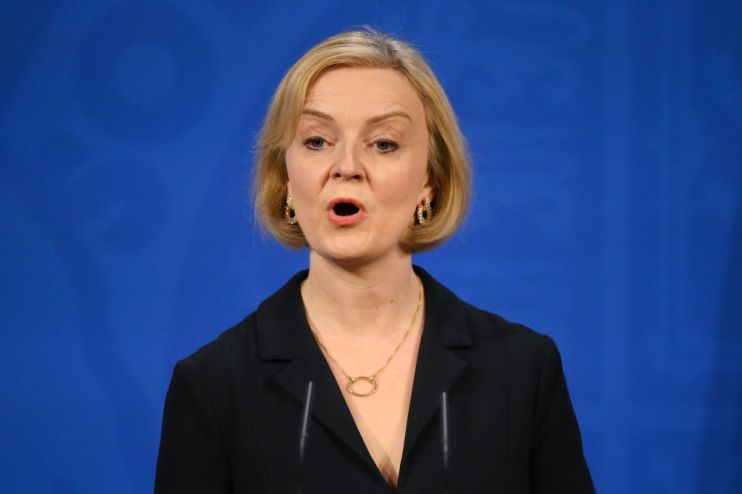Even a complete reversal of the mini-budget won’t fill the giant fiscal hole created

In August, we were promised a new Budget under the new premiership of Liz Truss.
In September, it was downgraded to a mini-Budget when the Government decided not to ask the independent Office for Budget Responsibility (OBR) to mark its homework, or set out a new economic outlook.
The market fallout from this disastrous decision means that, midway through October, the Chancellor has been sacked and close to half of the tax cuts announced in the mini-Budget have been shelved.
The new Chancellor has just two weeks to fill a fiscal hole of up to £40 billion in order to demonstrate that the UK has a credible economic plan. Who knows what November will hold?
The context for all this is, of course, a very tough policy making climate.
The UK is in the midst of an acute cost-of-living crisis, driven by rising gas prices, that has necessitated a huge – and welcome – policy response in the form of the Energy Price Guarantee.
And, whereas Chancellors in recent crises have at least had the ‘luxury’ of favourable monetary policy conditions – including quantitative easing and record low interest rates – fiscal policy makers today have to contend with rapidly rising interest rates.
But this tough context only goes so far as an excuse for the mess the Government has made. If you’re working in difficult conditions, it really isn’t advisable actively to make them far tougher.
The decision to announce the largest package of tax cuts – completely unfunded – was a mistake.
Doing so while sniping at the UK’s major economic institutions – from the Bank of England to the OBR – was a wholly unnecessary folly.
This all leaves the new Chancellor, Jeremy Hunt, with an almighty task to complete over the next two weeks before he delivers the Government’s Medium-Term Fiscal Plan on 31 October.
His central task is to demonstrate credibly that the Government is committed to getting debt falling in the medium-term.
A loose definition of this fiscal rule would be to have debt falling as a share of GDP by 2026-27. But even to do that is likely to require further fiscal restraint of between £20 and £40 billion a year.
That’s a simply huge hole to fill – created not just by the remaining unfunded tax cuts, £25 billion of which remain in place, but also the economic deterioration since the OBR’s last economic outlook.
Even a complete a reversal of the mini-Budget is unlikely to be enough to fill this fiscal hole, and this is perhaps why the Prime Minister gave a strong hint in her press conference that public spending cuts are coming. What form might these spending cuts take?

It’s hard to see significant further cuts to public services, or cuts to the incomes of families on Universal Credit, getting through Parliament.
So we are more like to see cuts to public investment – on infrastructure, transport and net zero.
That may be the least politically painful way to make the sums add up in two weeks’ time. But it’s would also be the most-growth sapping.
The Prime Minister came into office rightly wanting to boost economic growth. Two months in, and she runs the risks of weakening it even further.
Mike Brewer is Chief Economist at the Resolution Foundation